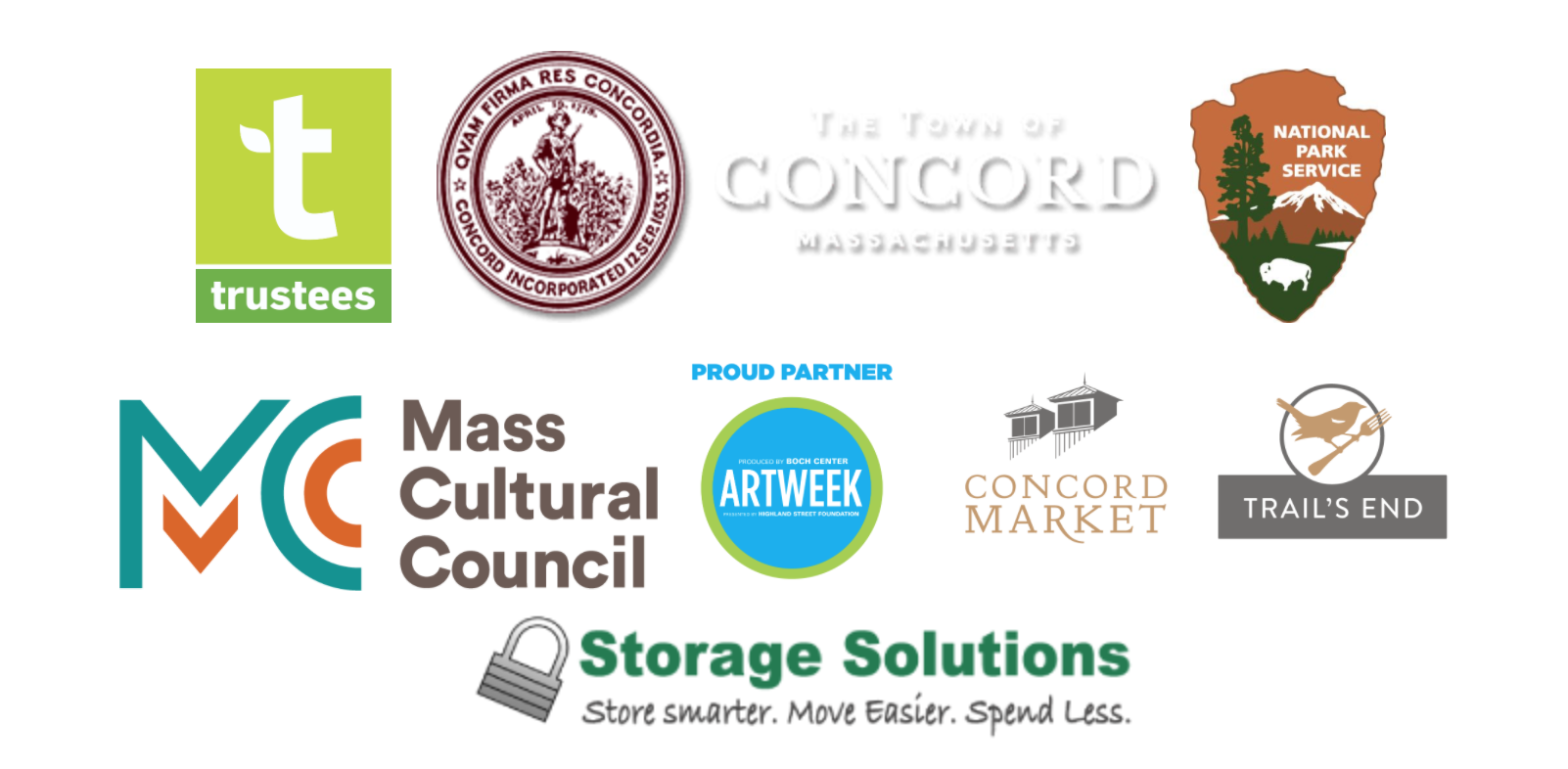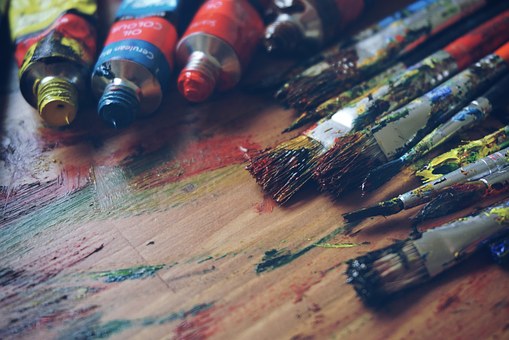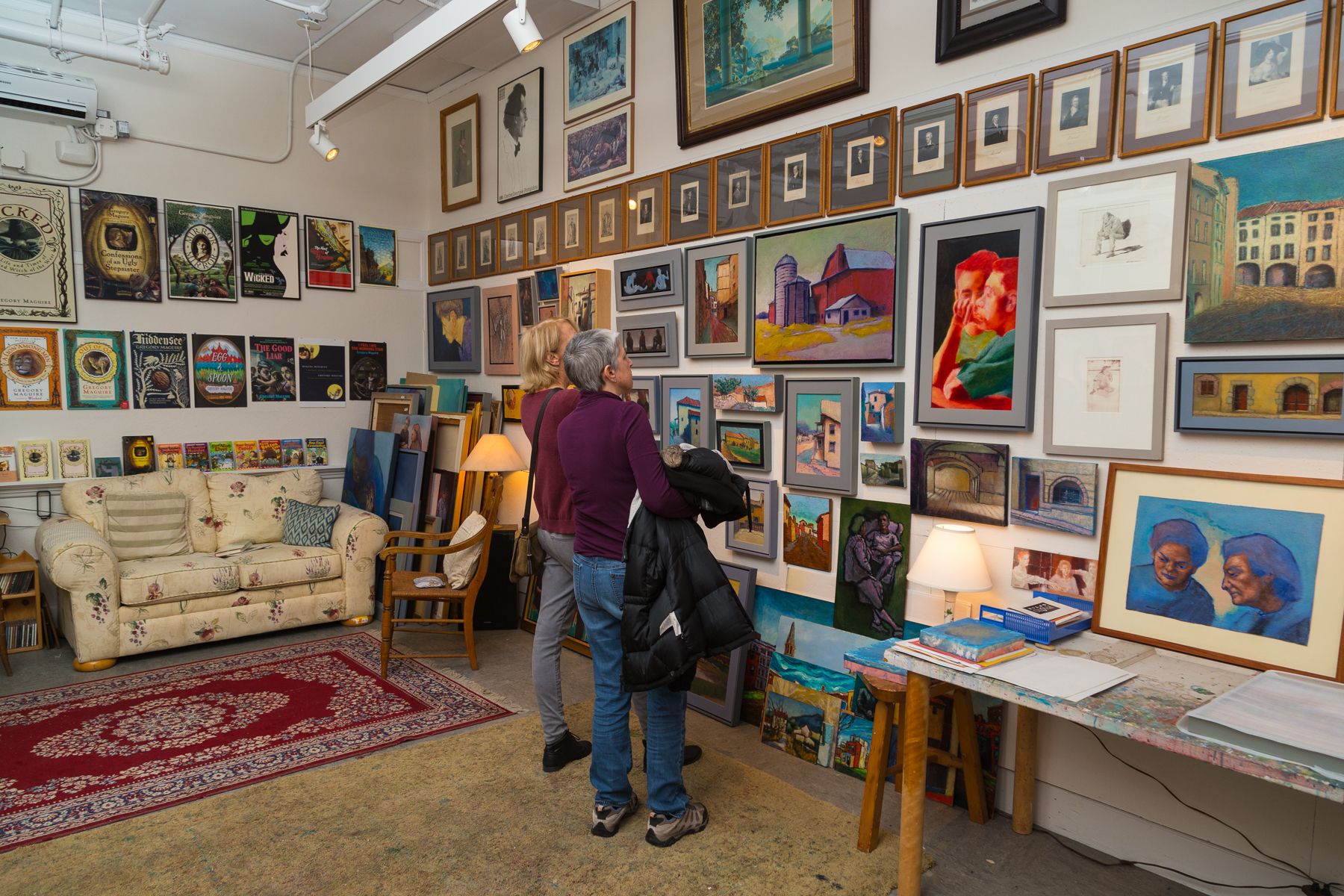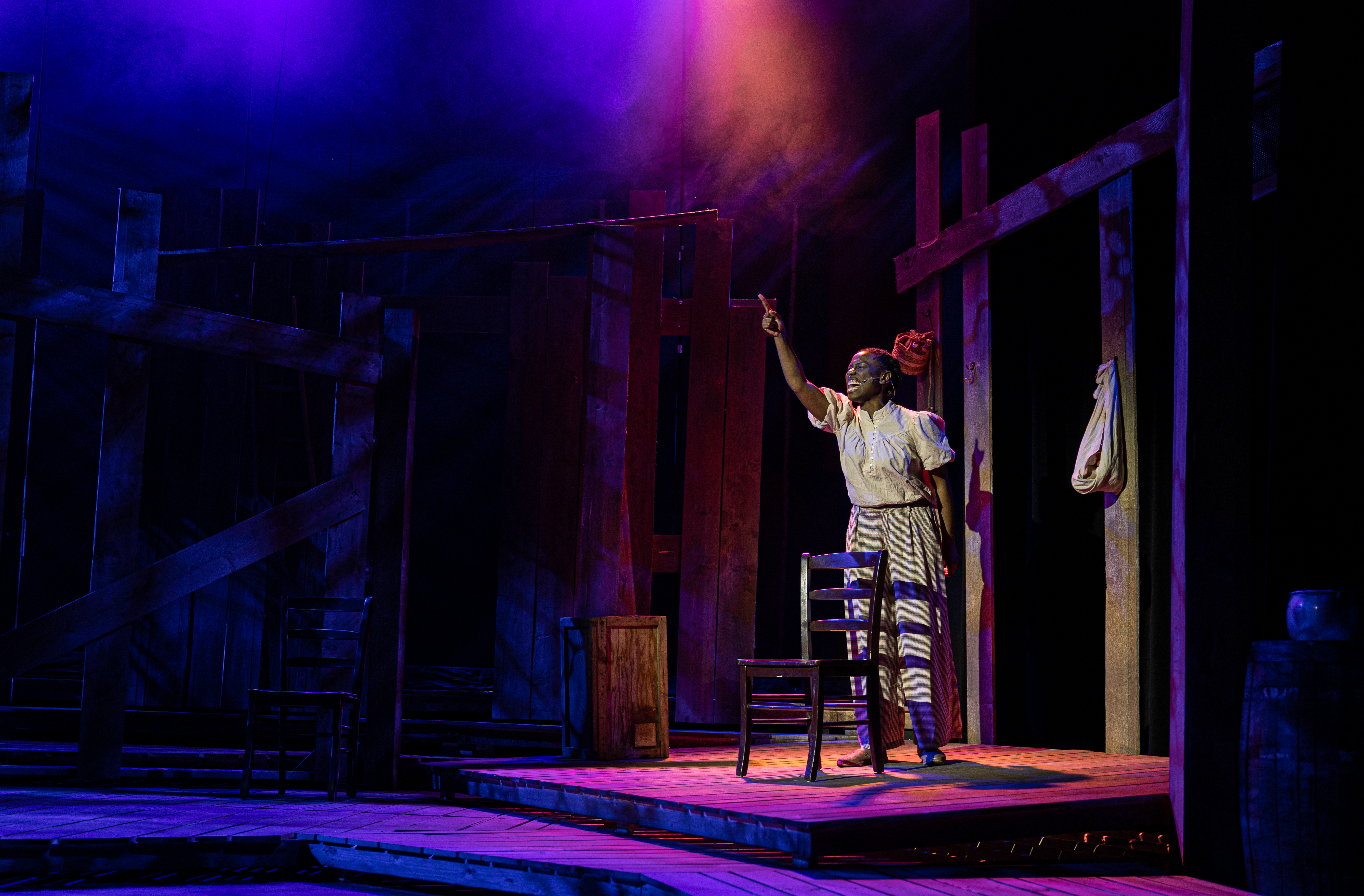EM3050 Activity: Make a Mini Birch Bark Canoe with Guy Paquin
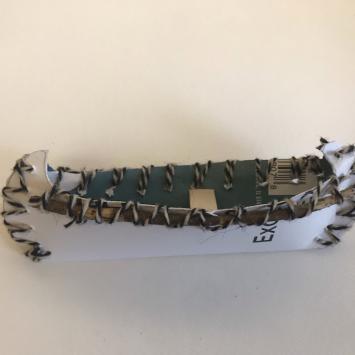
OBJECTIVES
With birch trees abundantly available, Native Americans made birch bark canoes for navigation throughout the region, especially in the Great Lakes area and Canada. The process and practice of making canoes continues today, via local Native Americans determined to pass along the tradition.
Guy Paquin, a good friend of Musketaquid, is one of those: “I believe the history and the understanding of the culture is important for a true appreciation and understanding of these water crafts/vessels.” Guy found an excellent ‘how to’ video for creating Mini Birch Bark canoes, shared below. (For further exploration of the practice of making full-sized canoes, see two additional videos below.)
MATERIALS
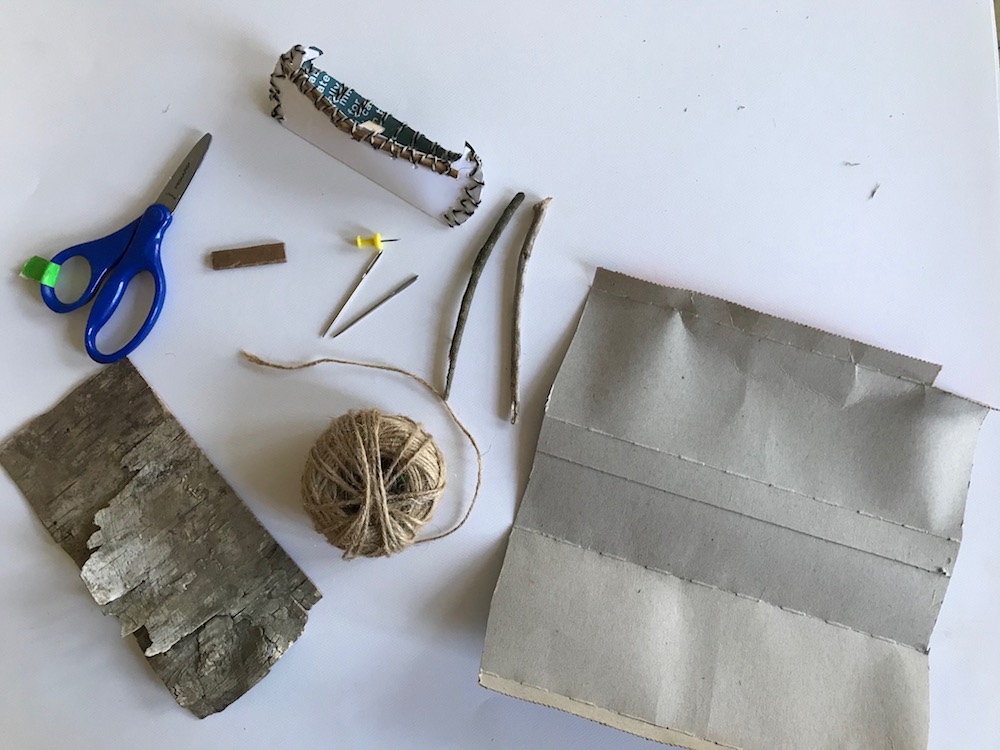
Thick paper/thin cardboard (cereal box is perfect) OR
Spring Birch Bark, soaked in warm water
Twine, thick thread, yarn
Two curved thin sticks
Two craft needles
Thumb tack
Small piece of cardboard for canoe seat
ACTIVITY
Pro tips!
- If you use birch bark, soak it over night. Also, the bark has many layers. You can separate into thinner layers to make it easier. Use a very small drill bit to drill the holes if bark too thick for a thumbtack.
- If you use cardboard, poke the holes in cardboard with a thumbtack. Wiggle tack around to make hole a little bigger.
- It is easier to lace the canoe with twine (or thick thread, yarn) using a needle. For lacing the bow and stern of the canoe, you will lace like a shoe, so use two needles.
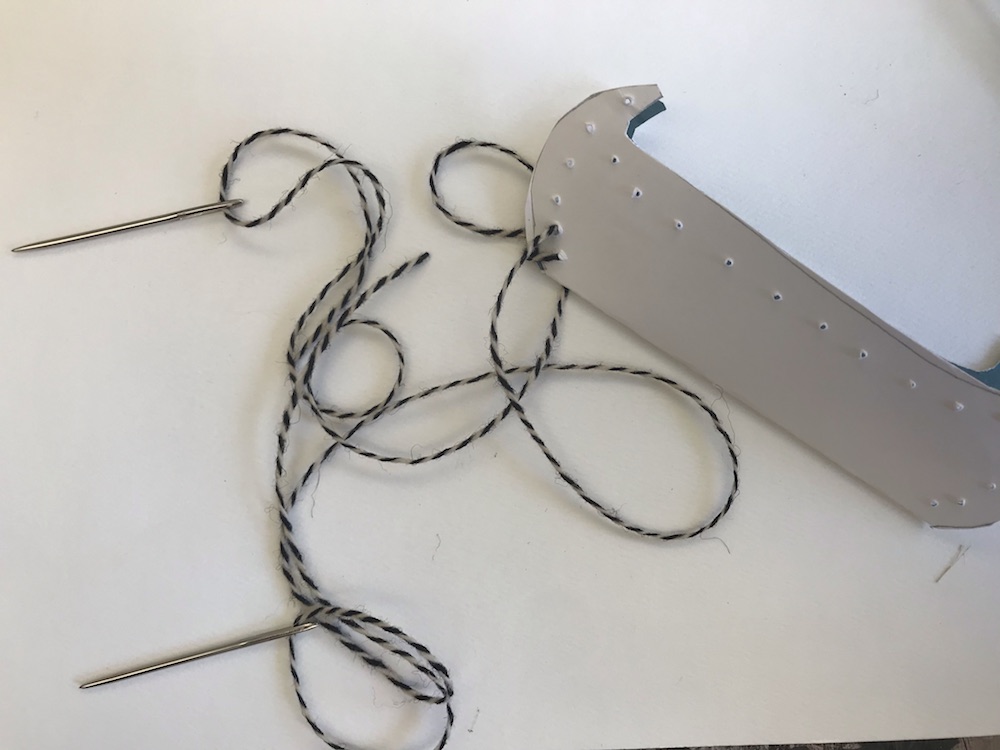
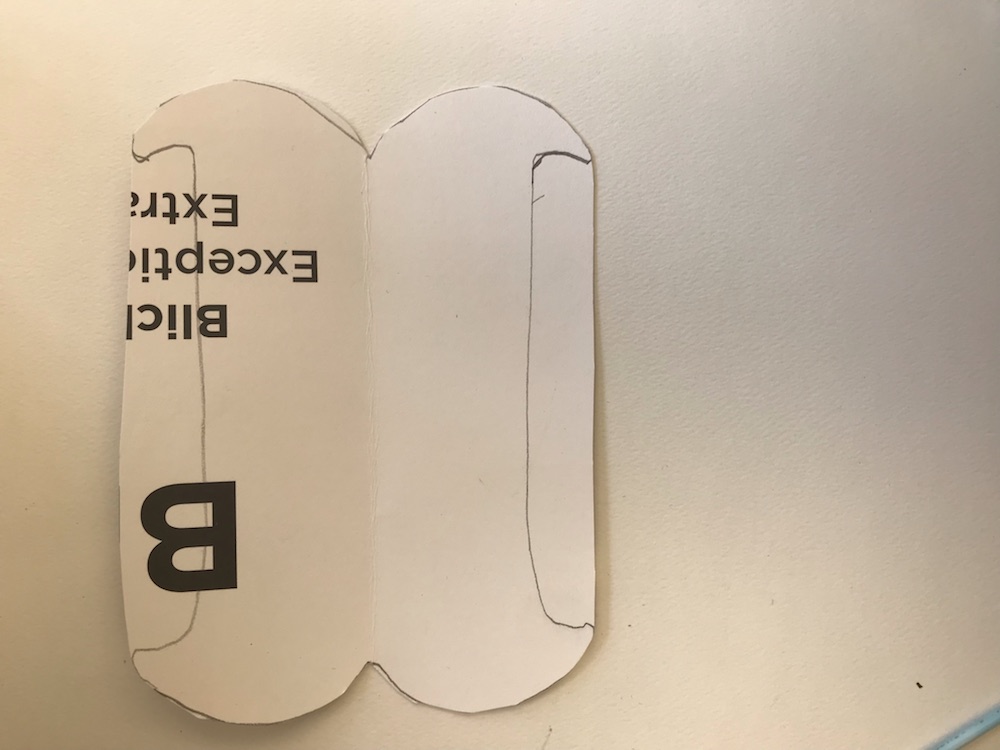
Want to learn more? Here are a few more links from Guy:
“The Miꞌkmaq or Miꞌgmaq are a First Nations group of people of the Northeastern Woodlands, indigenous to the areas now known as Canada's Atlantic Provinces and the Gaspé Peninsula of Quebec (where my mother’s grandfather lived) as well as the northeastern region of Maine. They call their national territory, “Mi-kma-ki or Mi-gmagi.
“Here is a video from 6 years before I was born and it starts with a song my mother and father taught me and my siblings. It’s a beautiful song about coming to a waterfall with clear clean water.... as in most of the Canadian music, it is “une chanson de réponse“ -- a song of response. The video shows the gathering of the natural materials in the forests, the knowledge of working the wood and roots, it also shows the involvement of all the family members so the lessons are handed down to the next generations, completing the circle of life.”
“And finally here’s a video from a group of archaeologists in northern Minnesota showing how this one man who has learned the craft from the past and ironically is passing it back down to its very own people. You will notice the similarities in the materials used and somewhat the same methods, all but a few power tools."
Share your photos, journal pages, thoughts, experiences, and/or feedback with us! Post on social media with hashtags:
#umbrellaarts #musketaquid #concordearthday #musketaquidearthday #earthday3050
Or email Caroline at caroline@theumbrellaarts.org
Special thanks to our Earth Month sponsors
